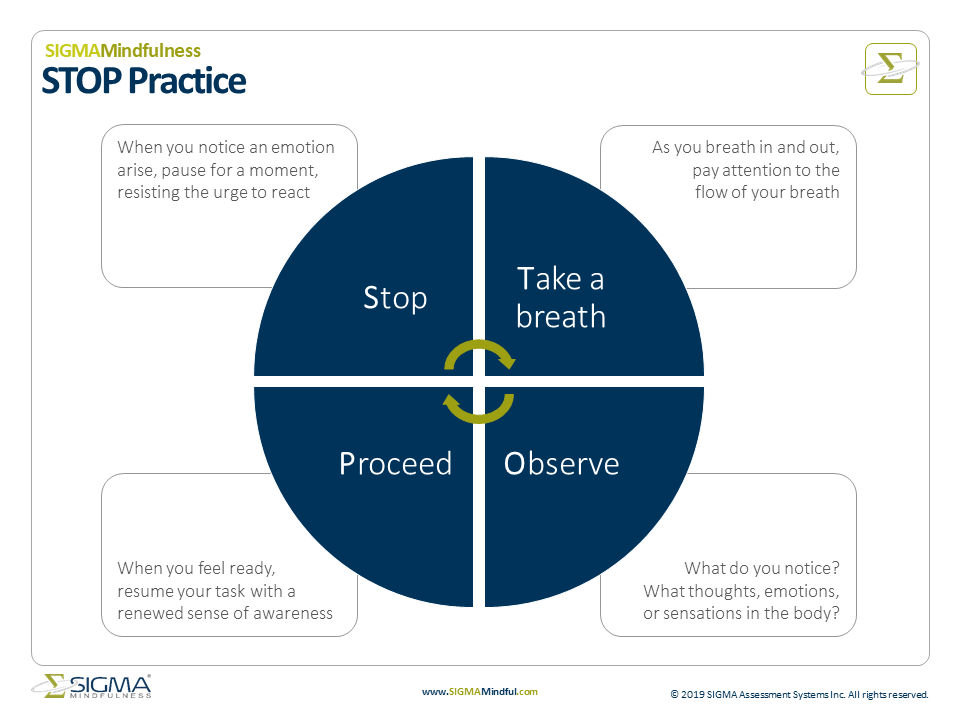Mindful Nonverbal Behavior
Be Mindful of Your Nonverbal Expression
In our previous post on Mindful Communication, we discussed the importance of applying the principles of mindfulness to the way we listen and speak to others in order to facilitate conversation. However, there is a third part of communication that is very important to consider – nonverbal behavior. Bringing greater attention to our nonverbal actions can go a long way towards improving our ability to communicate effectively.
What is Nonverbal Behavior?
Nonverbal behavior includes things such as body language, eye contact, or facial expressions. Each of these can be considered sources of information that we provide to others when we are speaking with them. Effectively communicating our message is dependent on both verbal and nonverbal behaviors. Research tells us that communication is more effective when there is consistency between what is said (verbal), and how we say it (nonverbal). In fact, when there are inconsistencies between the two, people tend to pay greater attention to nonverbal cues, taking them as an indication of the speaker’s true feelings.
Think of a time when you felt one way, but wanted to convey something different. Was it easy for you to do, or did you struggle? Sometimes showing consistency between verbal and nonverbal behaviors can be difficult, especially for leaders. In times of crisis you may feel uneasy, but this is not the message you want to communicate to your team. However, if you verbally tell others that there’s nothing to worry about, but your body language is tense and guarded, they are unlikely to be calmed by your words.
Why Is Nonverbal Behavior Important?
In addition to clarifying communication, nonverbal behavior is important for developing and maintaining interpersonal relationships. Further, you can convey openness, acceptance, and nonjudgment to others through your actions. Subtly mirroring someone else’s body language can make others feel more comfortable and helps to build understanding. Being fully present with others will support your ability to recognize positive body language that you can then mirror back.
Did You Know? Empathy Is Hardwired In Our Brains
Mirror neurons are activated in the brain when we observe others’ facial expressions and posture. This activation causes us to think about our own experiences with these emotions, which help us to relate to the other person. When done intentionally, mirroring others’ body language can communicate empathy and acceptance.
Try It Today
It’s important to recognize that how we’re feeling can show up in our behavior. If we do not pay attention to our emotions, they can trigger us to say or do things we aren’t aware of. Being mindful of how we’re feeling and reflecting on what our natural reactions tend to be can help to focus our attention on regulating our nonverbal behaviors to match our verbal messages. The STOP practice is a great exercise for bringing more attention to what we’re feeling and how we behave as a result of those feelings.

How SIGMA Can Help
At SIGMA, we offer a number of diverse solutions to enhance leadership capabilities and increase their self-awareness and communication through mindfulness. To learn more about how mindfulness training could help your team to communicate more effectively, contact us today.